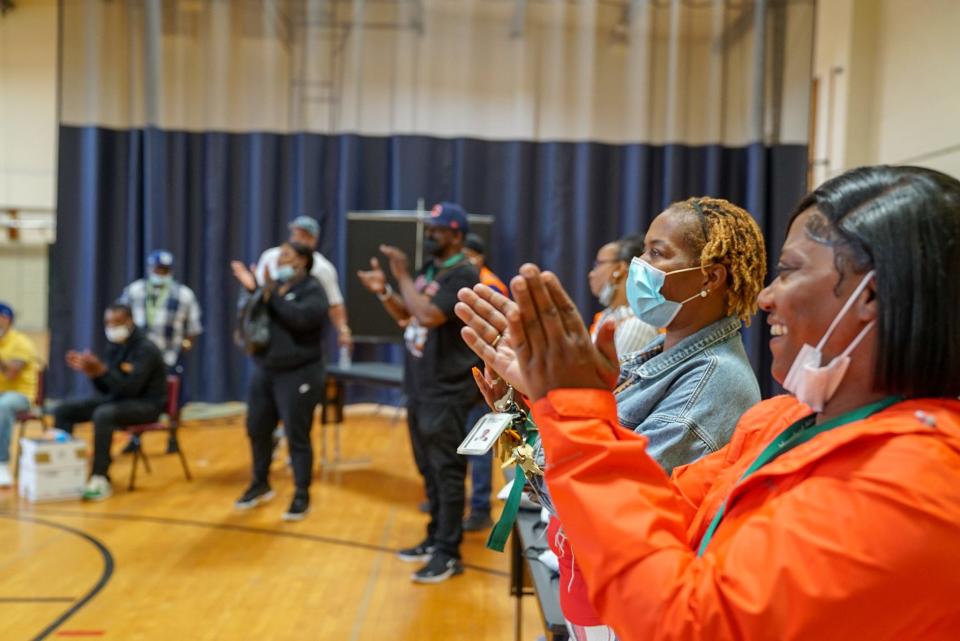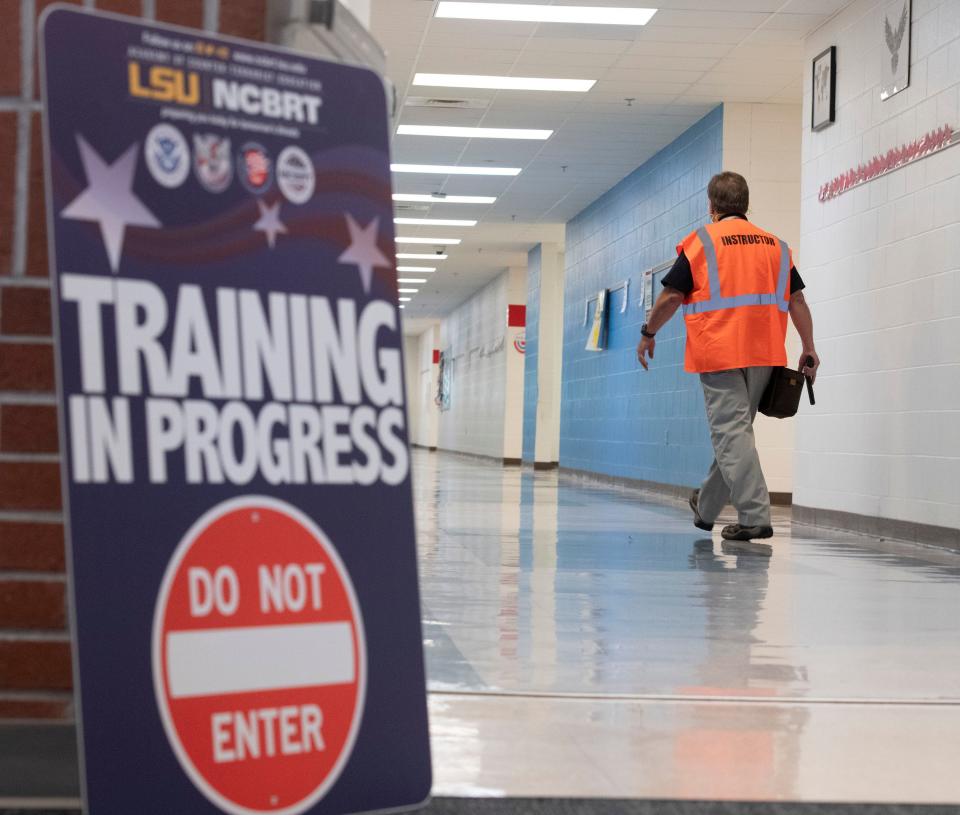The NRA helped make it hard to study gun violence for decades. Now the floodgates are open.

Can turning vacant lots into community gardens reduce gun violence? Which safety strategies prevent school shootings? Can safe storage of firearms lower the risk of youth suicide?
These are the questions U.S. researchers are asking. And, for the first time in more than 20 years, they're getting federal taxpayer dollars to search for the answers.
Context: Congress in late 2019 appropriated $25 million for gun violence research, split evenly between the National Institutes of Health and Centers for Disease Control and Prevention. Funding has continued since, totaling $75 million appropriated thus far.
Why this was a big deal: There had been an effective government freeze on gun safety research since 1996, when Congress – under pressure from the NRA – passed an amendment that forbade the CDC to "advocate or promote gun control" and slashed the agency’s funding.
What's happening now: The two agencies are funding dozens of projects at universities and nonprofits across the country. Initial findings are starting to trickle out, and more results are expected this fall.
The big themes: Many projects focus on preventing gun suicide, community efforts to reduce shootings and best practices for protecting kids. Others center on firearms and intimate partner homicide, alcoholism, mental health, the opioid crisis and more.
Here's what researchers want to know, and why.
What community initiatives reduce gun violence?
Gun violence kills more than 40,000 people in the U.S. each year, and countless local programs are taking action against it.
►Transforming vacant lots: In Detroit, community groups are turning vacant lots into gardens, parks and murals. Researchers at the University of Michigan at Ann Arbor are studying if "greening" these spaces has an effect on firearm crime rates nearby.
►Job and therapy programs: The Rapid Employment and Development Initiative (READI) in Chicago offers cognitive behavioral therapy and employment opportunities to people at higher risk of gun violence. A group at the University of Chicago wants to know if the program reduces gun violence involvement.
►Hospital-based programs: A program at Virginia Commonwealth University Health provides victims of gun violence with counseling and three months of case management services in an effort to prevent retaliatory violence. Researchers are assessing if the program works.

What are the best ways to reduce suicide among Americans, veterans?
Suicides involving firearms account for more than half of gun deaths in the U.S. each year. Here's what researchers are looking into:
►Online maps and voluntary surrender: State maps in Colorado and Washington show firearm ranges, retailers and law enforcement agencies willing to temporarily store a gun if the owner wants to voluntarily surrender it. University of Colorado Denver researchers want to know if people are using the online maps and if they reduce suicide.
►Safe storage: University of Michigan at Ann Arbor researchers are wondering if it's possible to reduce the risk of youth suicide in rural Alaska Native communities by making sure household firearms are locked and unloaded.
►Surveys of soldiers: Using survey data from more than 14,000 soldiers, researchers with Uniformed Services University and the nonprofit Henry M. Jackson Foundation hope to better understand the risks contributing to suicide.
►Suicide prevention led by the firearms community: Partnerships between public health agencies and local firearms retailers, ranges and other businesses – called "Gun Shop Projects" – aim to prevent suicides by reducing access to guns during times of crisis. Researchers at the University of Colorado want to know if the initiatives work.
How can we keep children safe?
Firearms are the leading cause of death among children and teens in the U.S. A look at projects seeking to address this:
►Can social media help reduce shootings? Researchers at the University of Connecticut are working with youth and street outreach workers in neighborhoods with high rates of poverty and gun violence to learn how threats are expressed on social media – and how actions taken online could prevent violence.
►Do metal detectors and drills keep kids safe at school? The first nationwide study of specific school safety tactics – metal detectors, active shooter drills, armed school personnel and more – is looking at their potential impact on school shootings across K-12 public schools. The study is being conducted by the Columbia University Health Sciences.

►Teaching kids how to safely handle guns: Researchers at the University of Alabama at Birmingham want to know if a new website called ShootSafe can teach children ages 10 to 12 to use, transport and store firearms safely. The website has educational videos and interactive games.
What it all means
Given the "hold on firearm research funding for two decades," many researchers are still in the early phases of studying gun violence, said Dr. Bindi Naik-Mathuria, an associate professor of surgery and pediatrics at Baylor College of Medicine in Houston.
Other researchers said more work needs to be done to understand the effects of the nation's new 988 suicide prevention hotline and delve into the relationship among poverty, income inequality and gun violence.
Kelly Drane, research director at the Giffords Law Center, which promotes gun control, said she hopes the funding can help the U.S. finally gather some "really basic data." She's closely watching a CDC initiative to track nonfatal firearm injuries. Currently, the U.S. only estimates the number.
In the meantime, it's important for lawmakers to take action on policies proven by existing research, such as red flag laws and background checks, Drane said. "We can't wait for these results to take action," Drane said.
This article originally appeared on USA TODAY: Gun violence research takes off after NRA helped halt it for decades

